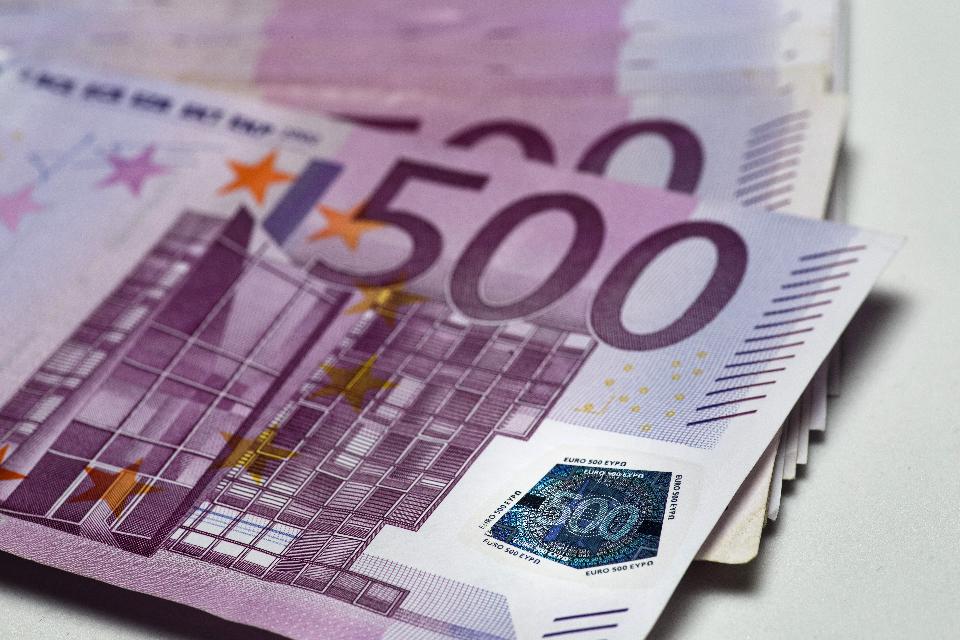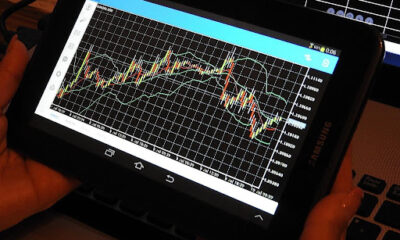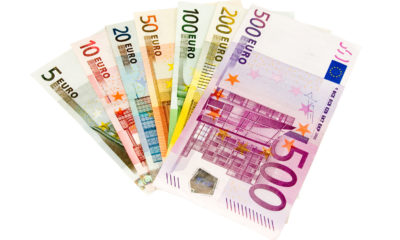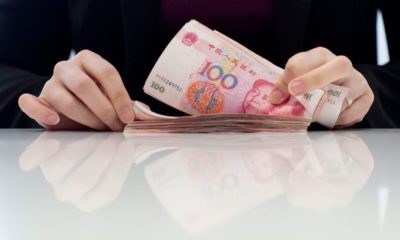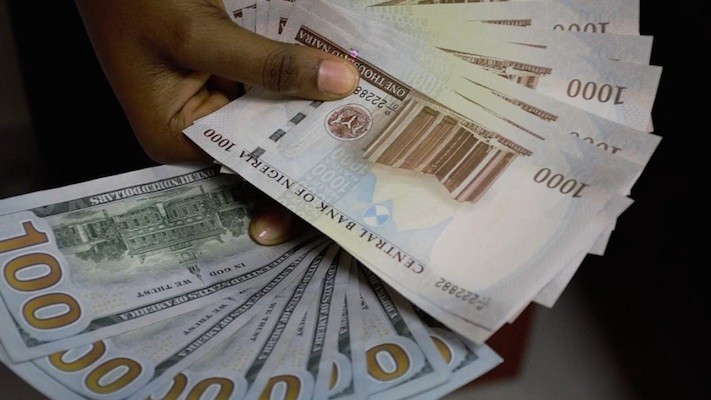- Forex Weekly Outlook December 12-16
As the world awaits the Federal Reserve rate decision this week, the U.S economy continued to churn out positive economic data amid Trump’s proposed fiscal spending in 2017. The services sector expanded (57.2) the most in over a year in November, while the US factory orders rose 2.7 percent in October, the highest in 1-1/2 years. Also, a gauge of confidence in the economy showed that consumers’ sentiment surged 4.5 percent in December to 98 percent, a little below 2015 high, which was the highest since 2004. These data confirmed the resurgence in the U.S economy and validated manufacturing sector recovery as investors continue to increase their stocks holding ahead of Trump presidency.
Although, experts have said uncertainty surrounding incoming administration’s policy in early 2017 will fuel market volatility as businesses and investors continue to position for business tax cuts and an aggressive fiscal stimulus package. However, the possibility of rate increase having substantial impacts this week is minimal, this is because the financial market as a whole has shifted focus to a series of policies president-elect planned to implement as he attempt to stimulate the economy through aggressive fiscal spending and job creation in January.
Again, this week the Federal Reserve is expected to increase rates by 25 basis points to 0.75 percent on Wednesday. Also, retail sales, producers’ price index, building permits and inflation rate data are due this week.
In the Euro-area, the European Central Bank (ECB) president, Mario Draghi, last week announced the extension of asset buying program that was scheduled to end in March 2017 to December 2017. According to the president, an adjusted quantitative easing program will begins on April 2017 at €60 billion a month up till December 2017. Down from the on-going €80 billion asset-purchasing program.
While the Euro-area economic outlook remains vague with a low inflation rate and weak manufacturing sector, the president forecast an accelerated inflation rate of 1.7 percent in 2019 from present 0.2 percent. This decision prompted investors to doubt the region monetary space to react to possible uncertainty in-case incoming economic data digress from projection.
Again, the statement that purchases would continue beyond 2017 if the institution deem it fit to lift inflation back towards its target per adventure this extension failed to materialize, further cast doubt on the economic stability of the region and encourage sell-off of the Euro currency against its counterparts last week. Especially with the Federal Reserve likely to raise interest rates this week, the market is anticipating possible parity of the EURUSD pair.
In Australia, the economy contracted 0.5 percent, after data showed slow growth amid subdued investment outlook and low inflation rate in the third quarter. The Reserve Bank of Australia Governor attributed the negative growth rate to temporary swing, therefore, leaving the cash rate at a record low of 1.5 percent on Tuesday. This week, I will be looking to trade EURCAD and AUDUSD.
EURCAD
This pair has lost about 1370 pips within 5 weeks and closed below 1.4070 support level established since November 2015, after the ECB extends its quantitative easing program last week. While, the Canadian dollar on the other hand has recovered from previous lows, following a successful production cut by both OPEC and non-OPEC. Again, economic data from Canada showed the economy has bounced back from Alberta wild fire with the manufacturing sector gradually improving. Also, the Euro-area is currently going through political uncertainty – France and Italy election, Greece financial woes and Brexit. Hence, the reason I sold this pair on Wednesday last week, but this week I am maintaining my bearish outlook on this pair as long as 1.4070 resistance holds, with 1.3742 as the target. I believe once the market digests the news of OPEC and non-OPEC reaching consensus over the weekend that the Canadian dollar will get a boost.
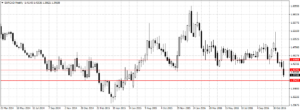
Click to enlarge
AUDUSD
This pair failed twice to breach 0.7505 resistance in the past two weeks, and further weighed upon by the 0.5 percent negative growth rate recorded by the Australian economy in the third quarter of the year, the first time in 25 years. Although, the Reserve Bank of Australia Governor Philip Lowe said it was a temporary swing, but few experts have questioned the economic stability of the Aussie and call for more a proactive approach. Whereas, the US dollar is likely to get a boost from the Federal Reserve this week.

Click to enlarge
Again, at 74 cents to a US dollar, Aussie dollar is a little overpriced. This week, I will be looking to sell this pair as long as 0.7505 hold for 0.7379 first target and 0.7203 as the second target.
Last week Recap
EURGBP
This week, I remain bearish on EURGBP as long as 0.8471 holds and will be targeting 0.8240 support as discussed last week, a sustained break of that should open up 0.8117 level.
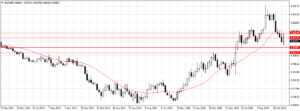
Click to enlarge
NZDCAD
This pair topped our list last week, but fell short of our target. This week, as long as 0.9505 resistance is intact I am bearish on this pair with 0.9298 as the target.
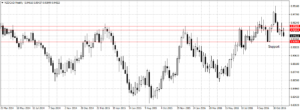
Click to enlarge

 Billionaire Watch3 weeks ago
Billionaire Watch3 weeks ago
 Startups4 weeks ago
Startups4 weeks ago
 News4 weeks ago
News4 weeks ago
 News4 weeks ago
News4 weeks ago
 Bitcoin4 weeks ago
Bitcoin4 weeks ago
 Naira4 weeks ago
Naira4 weeks ago
 Forex3 weeks ago
Forex3 weeks ago
 Treasury Bills4 weeks ago
Treasury Bills4 weeks ago
